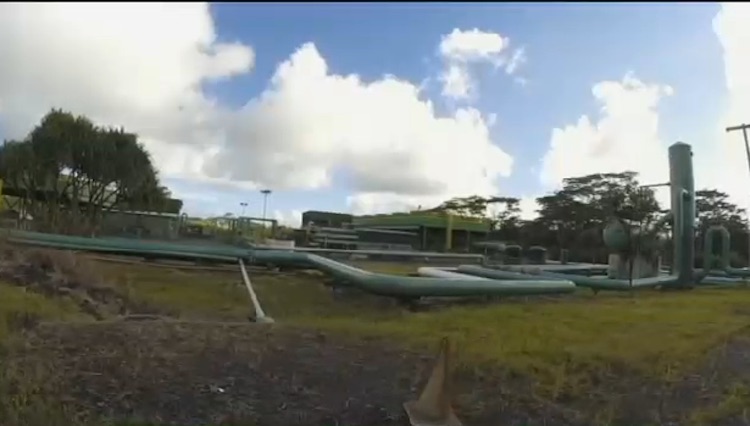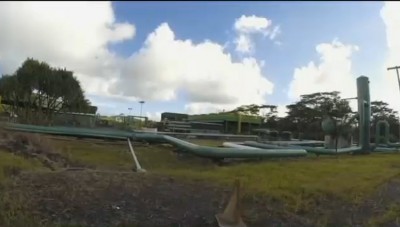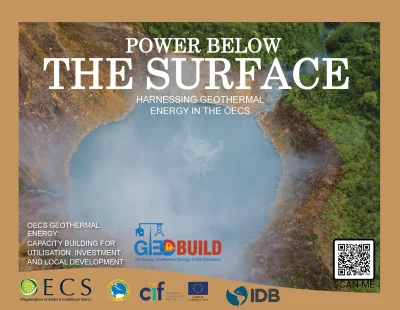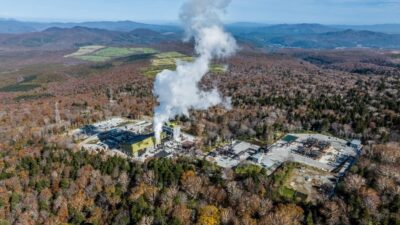Hawaii boosts geothermal exploration with state support
Geothermal exploration gains momentum in Hawaii, as new state-funded studies and industry efforts aim to expand renewable baseload energy across the islands.
According to a recent report by the Hawaii Tribune-Herald, the Hawaii State Energy Office is funding an effort to produce updated geothermal resource maps for multiple islands, including Hawaii Island, Maui, and Lanai. The data is expected to help reduce drilling risk and cost, as well as to improve investment confidence in new geothermal projects.
The initiative is part of a broader push to diversify Hawaii’s clean energy portfolio and reduce its dependence on imported fossil fuels. While Puna Geothermal Venture (PGV) currently remains the only operational geothermal power plant in the state, producing up to 38 MW on Hawaii Island, other regions are being evaluated for new development opportunities. The administration is seeking support for around USD 80 million in funding for the next two years, with more likely later.
Aiming for energy resilience
Hawaii has set ambitious climate and energy goals, including achieving 100% renewable electricity by 2045. Geothermal energy – thanks to its firm, baseload nature – is viewed as a vital contributor to energy security, grid stability, and long-term sustainability.
In addition to the state-led mapping program, the U.S. Geological Survey (USGS) is undertaking its own geothermal resource assessment across the islands. These layered efforts are meant to overcome historical uncertainties around subsurface temperatures, permeability, and other geological factors that have long limited development.
“There is enormous geothermal potential across Hawaii,” said State Energy Officer Mark Glick, who emphasized that improved resource data will help identify promising sites and streamline permitting processes.
Private sector readiness
Interest from private developers is also increasing. Ormat Technologies, owner and operator of PGV, has stated its intent to expand operations on the Big Island, while other firms are reportedly evaluating prospects on Maui and Lanai.
The state’s only geothermal plant, PGV, resumed operations in 2020 after a prolonged shutdown due to the 2018 eruption of Kilauea Volcano. The facility now plays a critical role in Hawaii Island’s grid and serves as a model for how geothermal can contribute to both climate targets and energy reliability.
For the geothermal sector
The recent developments in Hawaii reflect a renewed commitment to advancing geothermal as a strategic, low-emission power source. By combining public sector mapping and de-risking efforts with private investment and community engagement, the state is creating a more fertile ground for future projects.
As island grids globally look for firm and clean alternatives to fossil fuels, Hawaii’s geothermal journey may offer valuable insights for other volcanic regions seeking to harness their underground heat.
Source: Hawaii Tribune-Herald



















